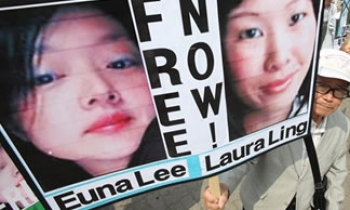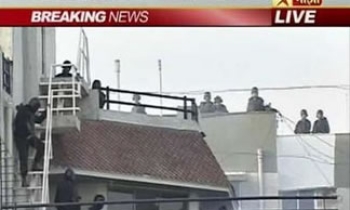With prime-time TV ad clutter reaching an all-time high this year, advertisers and networks are holding talks to explore ways to improve TV's crowded ad schedule, which buyers say is partly to blame for declining viewership.
Several ad agencies last week said they are in discussions with TV networks about exclusive sponsorship deals that will cut back the number of ads in a particular sponsored program. Philips Electronics recently struck such a deal with CBS’ 60 Minutes, in which the client was the only one to run ads; the amount of ad time was reduced by about half. The client paid a higher rate–as part of a multiprogram ad package–and CBS received what it normally gets for a full spot load in the broadcast.
MediaVest and some of its clients, such as Procter & Gamble, Kraft, Masterfoods and Capital One, are working with The Weather Channel and three or four broader-based nets in a test starting in November that will assess how different program formats, ad avail loads, pod lengths and other metrics affect viewer engagement and spot recall.
"The main issue is enhancing the viewer experience," said Donna Speciale, MediaVest’s president of U.S. broadcast. "No one has really sought to find out what’s at the root of the viewer defections and whether they’re not watching because they are not happy with the experience," she said, adding that the test will be completed by January.
The interest in sponsorship comes as new data from Nielsen Monitor-Plus reports record levels of prime clutter. According to Nielsen, from January through September of this year, prime cable clutter averaged 15 minutes, 10 seconds per hour, up 2 percent from 14 minutes, 51 seconds per hour a year ago. The broadcast networks in general stayed steady, with the average amount of prime clutter in 2005 inching closer to the 16-minute-per-hour mark. Nielsen pins it at 15 minutes, 47 seconds through the first nine months of the year, up slightly from the 15 minutes, 43 seconds average for the same period a year ago.
But for the most popular shows, the networks are shoehorning in even more ad units. Case in point: ABC’s Desperate Housewives. A breakout by Nielsen (owned by Mediaweek parent VNU) of two airings this season shows a total of 17 minutes of clutter in each episode–12 percent more than this year’s clutter average across prime time. A year ago, per Nielsen, the clutter load in Desperate was more in line with the broadcast net average.
It’s a sore point for clients because many believe clutter chases viewers away and translates to poorer recall. Yet clutter continues to increase, especially on cable, where for the first time this year it surpassed 15 minutes per hour.
And now clutter-busting deals are top of mind at networks and agencies alike. Chris Simon, executive vp, network sales, CBS, said, "We’re in conversations with clients You’ll see more of these ideas and different ways of presenting programs happening."
Speciale said she is working on several sole-sponsor buys and expects to complete "a few of them by the end of the year." Andy Donchin, executive vp, director of national broadcast for Carat, which negotiated the Philips/60 Minutes buy, said additional Carat clients are considering similar deals. "We are going to make an effort to do it more often," he said.
But some agency execs wonder whether higher-priced, reduced-inventory deals make sense in the long term. "I don’t see a lot of clients going that route," said Bill McOwen, executive vp of national broadcast at MPG. Given the higher ad rates involved, he said, "It’s not an efficient way to spend money."









